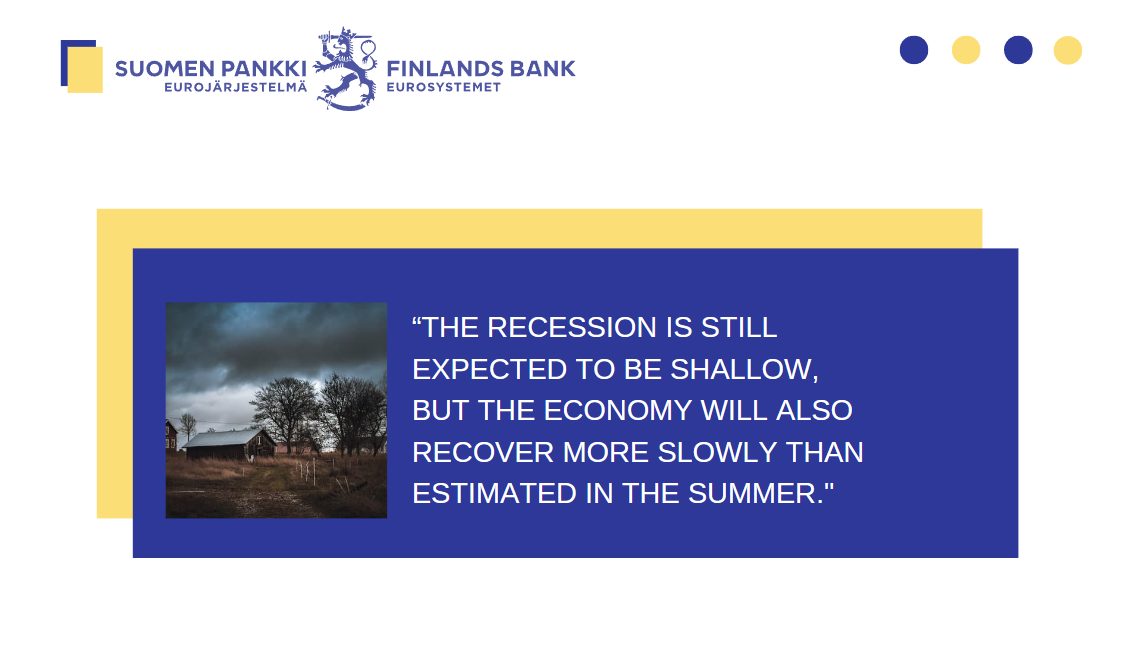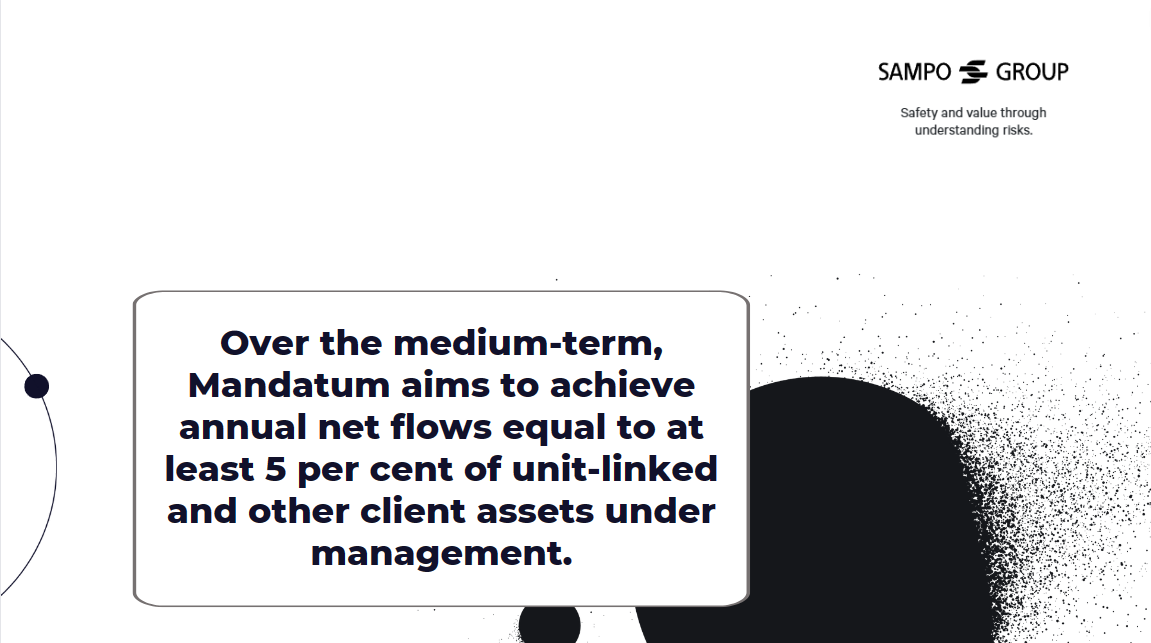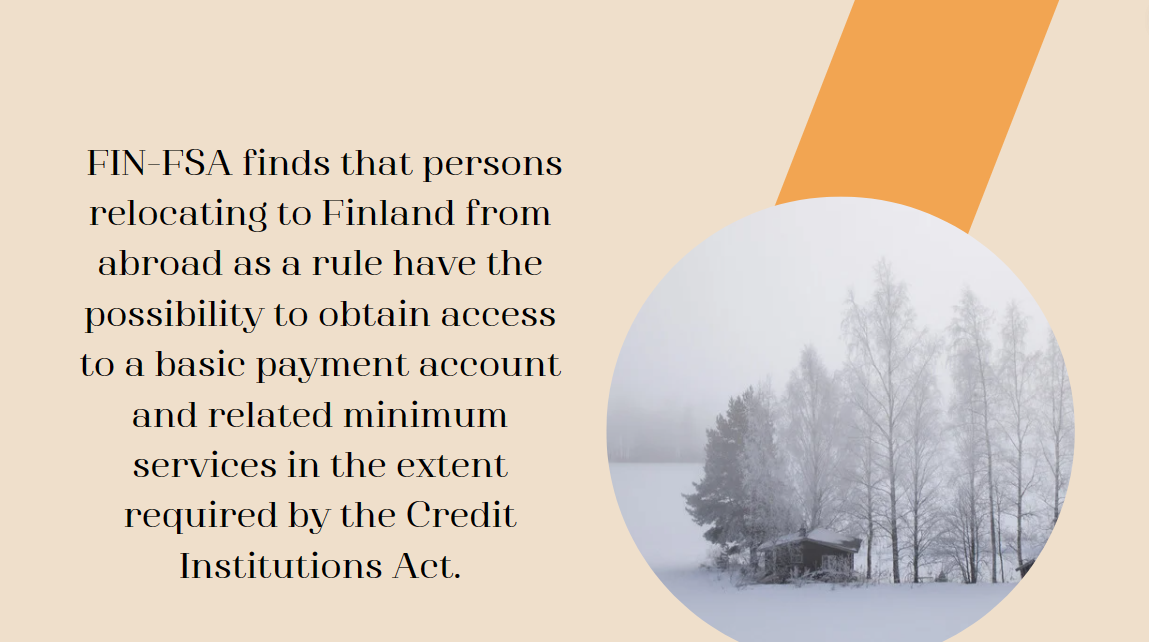OP Financial Group's housing market review: a turn for the better in home prices will be delayed until the end of next year – sales numbers remain exceptionally low
At the beginning of summer, the decline in home prices stabilised, but they started to go down again in July. So far, there are not many signs of recovery in the housing market, and according to OP Financial Group’s economists, we will have to wait for that until the end of next year.
Home prices have decreased 7 per cent from the top prices of last year's second quarter. The price level in the entire country has dropped to the level where it was at the beginning of 2020. During the beginning of this year, home sales numbers have remained over 20 per cent lower than between 2015 and 2019 on average. Sales amounts have now dropped close to the financial crisis level.
However, in their recent housing market review, OP Financial Group's economists keep their estimate of home price development unchanged. Similarly to the forecast published in May, home prices are expected to decrease this year by 5–7 per cent on average, and next year, economists predict that prices will remain the same on average.
“The housing market situation has not changed significantly during the summer. The increase of interest rates has stabilised, which shows in that the weakening of the housing market has calmed down, at least for now. On the other hand, times are unsure in economical matters, and cures for a quick recovery of the housing market are nowhere in sight right now, estimates OP Financial Group's economist Joona Widgrén.
We will still have to wait for prices to start increasing again. In their recent housing market review, OP Financial Group's economists estimate that the price level will start to rise slightly at the end of next year, but the average annual growth is still close to zero for the entire year. A clearer increase in prices is not expected until 2025, during which economists estimate that home prices will experience a rise of 2.5 per cent.
“It’s likely that sales numbers will start to recover first and prices will increase after that. However, we don’t expect a very quick recovery in either of them. The expectation is that the interest ratel level will decrease slightly next year, which supports the market. On the other hand, the economy still appears vulnerable as a whole. At the moment, it’s easier to find risks of a market decline than signs of a recovery,” Widgrén says.
The recovery of the housing market starts when the sales situation livens up
Historically, the number of sold homes and changes in home prices have evolved quite similarly. Sales numbers vary significantly more than home prices, but the changes have been in the same direction. Typically, sales numbers start changing a little earlier than prices.
“In 2024, the recovery of the housing market will probably start with increases in sales, and the prices will follow. Sales numbers have been more than 20 per cent lower than usual since last autumn, and there is no clear and quick improvement in sight,” Widgrén explains.
The sales numbers are still significantly lower than typical, and not much recovery has taken place.
Weak demand weighs on the construction sector
The insufficient pull of home sales has been clearly reflected on housing development. In particular, a significant decrease in the demand for new properties is weakening the construction sector. The sales numbers of new properties have declined even faster than the numbers for old apartments. For example, the Union of Real Estate Agents (KVKL) estimates that the sales numbers of new properties were more than 60 per cent lower in August compared to the same time last year.
“The construction industry is important for employment, and difficulties in construction are a clear risk for the economy as a whole. The decrease in construction affects the availability of homes, but the impacts on the housing market can only be seen later when there are a lot of unsold homes available,” says Widgrén.
In the construction business, the amount of companies applying for bankruptcy has increased clearly.
According to Statistics Finland, 453 construction companies were declared bankrupt between January and July. This is the largest number for this period since 2012.
The depression of the construction sector can also be observed in the dramatic decline in building permits and started projects. Between January and June, building permits have decreased by approximately 50 per cent compared to the same period last year, and started projects have decreased by approximately one third.
“Construction is declining clearly this year, and no growth is in sight for next year, either,” Widgrén says.
The latest housing market review by OP's economists is available at https://www.op.fi/op-financial-group/to-the-media/publications/economic-barometers






















































First, please LoginComment After ~